How does Panama, which accounts for less than 1% of coffee production, become a household name?
For professional baristas, please follow the coffee workshop (Wechat official account cafe_style)
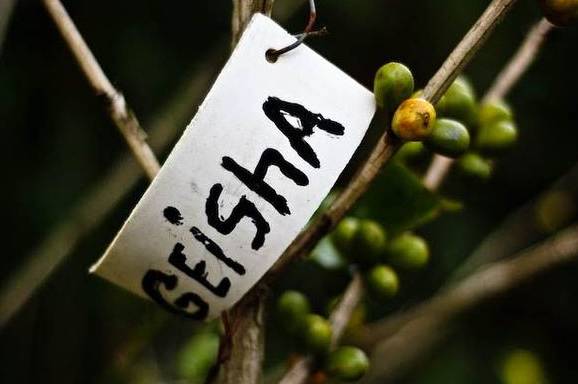
Panamanian characteristics
World status as a coffee exporter: 32
Sack (60kg) annual export: 120000
Percentage of world coffee market: less than 1%
Export of other major agricultural products: bananas, tropical fruits, melons
Typical varieties of production: Typica,Caturra,Catuai, bourbon, geisha, San Ramon,Pache and Mundo Novo
Main coffee area: Boquete,Volcan&Renacimiento
Typical harvest time: December to March
Generally available: from April onwards
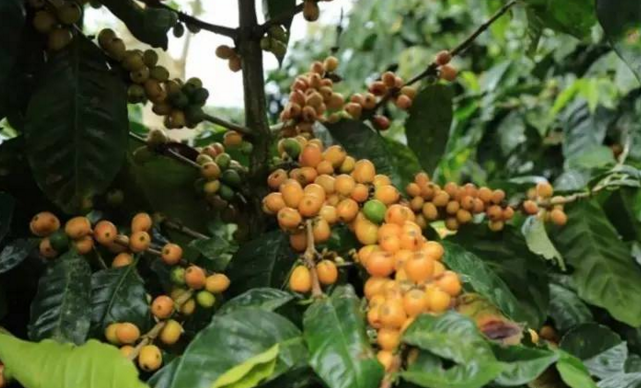
Panama produces very little coffee compared with some of the larger coffee-producing countries. In 2013, the country exported only 45000 bags of linen-a small number when you consider that Brazil has a single farm. However, Panama's reputation in the field of expertise far outweighs its fairly slim offer in quantity. This is largely due to the fact that it is home to co Ge's geisha / Gesha breed; however, the country's excellent producers have also developed and perfected unique processing methods (such as "wine") and offered many special small batches.
The history of Panamanian coffee began when European immigrants settled in the area in the late 19th century and brought coffee. The province of Chiriqui, which is located on the western edge of the country (the Moon Valley in the language of the aborigines who once lived in the area), was the first area in the region to be inhabited by coffee. Today, there are two indigenous tribes that play an important role in coffee production. They come from Chiriqui-- Ngobe and Bugle-and from the two main coffee areas, Boquete and Volcan.
Today, there are three main coffee producing areas, ranging from 1000 meters to 1600 meters. Boquete is the oldest and best-known. With the exception of Boquete, the Volcan area is located on the steep southwest slope of VolcanBaru; finally, Renacimiento is the least known area because of its remote location. Some important factors affecting quality, particularly Boquete and Volcan, are good transport and processing infrastructure, including specially operated wet processing stations and dry mills.
The Panamanian soil is a very unique mountain area and nutrient-rich volcanic soil, which together create a microclimate all over the country. The mountain breeze from the north creates a mist called bajareque, which acts as a huge air conditioner, slowing down the ripening of coffee cherries and eventually leading to sweet and complex cups.
According to the United States Department of Agriculture, Panamanian production has been declining steadily since its peak of about 200000 bags a year since the mid-1990s, to 95000 bags (slightly less than half of exports) by 2014-15. But many of the country's most famous farms are booming. Panama's volcanic soil, altitude and climatic conditions provide an ideal environment for the production of specialty coffee. In fact, it is because of this ideal environment and reputation for quality that farmers choose to grow delicious varieties such as Caturra,Typica,Bourbon,Catuai,San Ramon and, of course, Geis ha, which helps put Panama on the map.
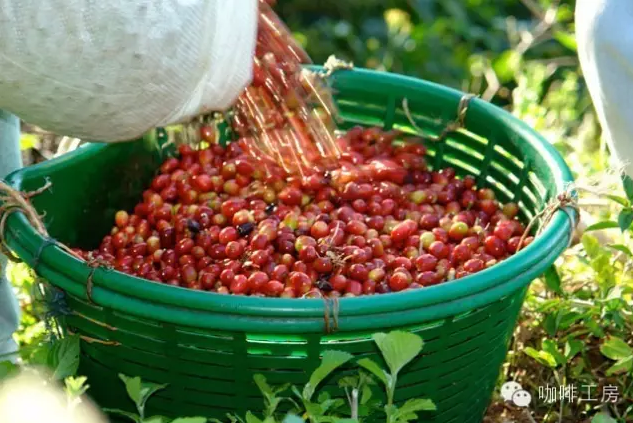
One of the main drivers of excitement around Panamanian coffee is the attention to detail throughout the process from farm picking, maintenance to processing. Panamanian coffee is also known for producing small quantities, both as a result of the small size of individual farms and the ultimate cost of coffee received by farms.
The story of a Panamanian geisha
A cultivated variety synonymous with this excellent quality is a geisha with Ethiopian heritage and was first brought to Panama in 1963 by Pachi Serracin (called Don Pachi) at the CATIE Agricultural Research Station in Costa Rica, hoping to resist the two coffee leaf rust that affected Central American crops at that time. Early attempts to plant this high-altitude temperament variety were not successful. Plant trees where rust is most likely to occur-unbelievable! -Bad coffee tasting. Varieties have plummeted over the decades, and although some trees have survived on some farms in Costa Rica and Panama, their cherries are mixed with the rest of the harvest, so their unique flavor is lost.
It was only in 2004 that a geisha was "rediscovered" when an enterprising Panamanian farm (Finca Esmeralda) separated its birth products from geisha trees and entered beans in that year's Panamanian coffee competition. Not only did the geisha win, but its extraordinary cup shape-more reminiscent of a good Yirgacheffe than a center-completely blew the judge. Since then, Panama has been known for its high-quality geisha / Gesha because of the inspiration and support provided by Finca Esmerelda's team to other farmers.
In history and today, Panama is famous for people from all over the world to invest in coffee farms. This is an attractive investment, not only because of the delicious coffee land commitment, but also because of the amazing natural scenery. However, as land prices rise and new developments extend to the countryside, pressure on coffee farms is increasing, and this investment also threatens the specialty coffee industry.
Important Notice :
前街咖啡 FrontStreet Coffee has moved to new addredd:
FrontStreet Coffee Address: 315,Donghua East Road,GuangZhou
Tel:020 38364473
- Prev
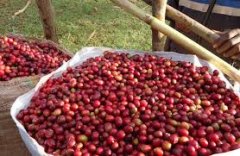
How does the Columbia-Santa Marta Regional Fair Trade Association operate?
For the exchange of professional baristas, please follow the coffee workshop (Wechat official account cafe_style) Columbia-Santa Mata (Santa Marta) Regional Fair Trade Association (FT) Colombian coffee is widely sold in many producing countries, ranking the third largest in the world (the first is Brazilian coffee and the second is Vietnamese coffee). The main factor is that active volcanic activity has contributed to the success of the world.
- Next
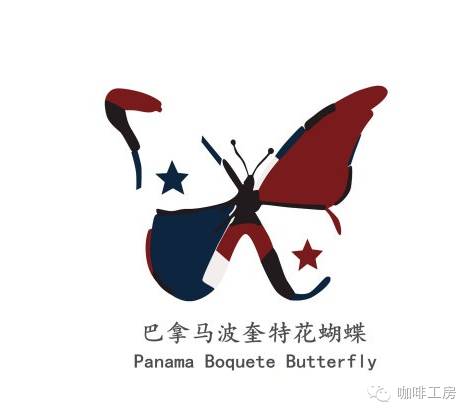
[original] how many roses are there in flower butterflies? Teach you to drink a cup of pure flower butterfly rose summer
Professional barista communication please pay attention to the coffee workshop (Wechat official account cafe_style) Flower Butterfly is well known because it contains part of the rose summer, from the previous Panamanian Cupid is 30% rose summer, flower butterfly is 40%, and then 50% of the sun, now the market is more common is 70% rose summer content, which is a sign of the message given by raw bean merchants. It's like Rose Xia Yi.
Related
- Beginners will see the "Coffee pull flower" guide!
- What is the difference between ice blog purified milk and ordinary milk coffee?
- Why is the Philippines the largest producer of crops in Liberia?
- For coffee extraction, should the fine powder be retained?
- How does extracted espresso fill pressed powder? How much strength does it take to press the powder?
- How to make jasmine cold extract coffee? Is the jasmine + latte good?
- Will this little toy really make the coffee taste better? How does Lily Drip affect coffee extraction?
- Will the action of slapping the filter cup also affect coffee extraction?
- What's the difference between powder-to-water ratio and powder-to-liquid ratio?
- What is the Ethiopian local species? What does it have to do with Heirloom native species?

